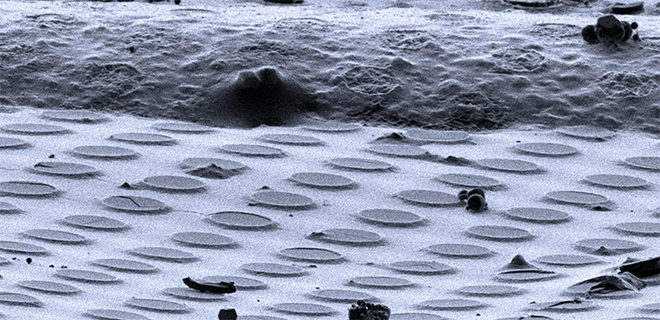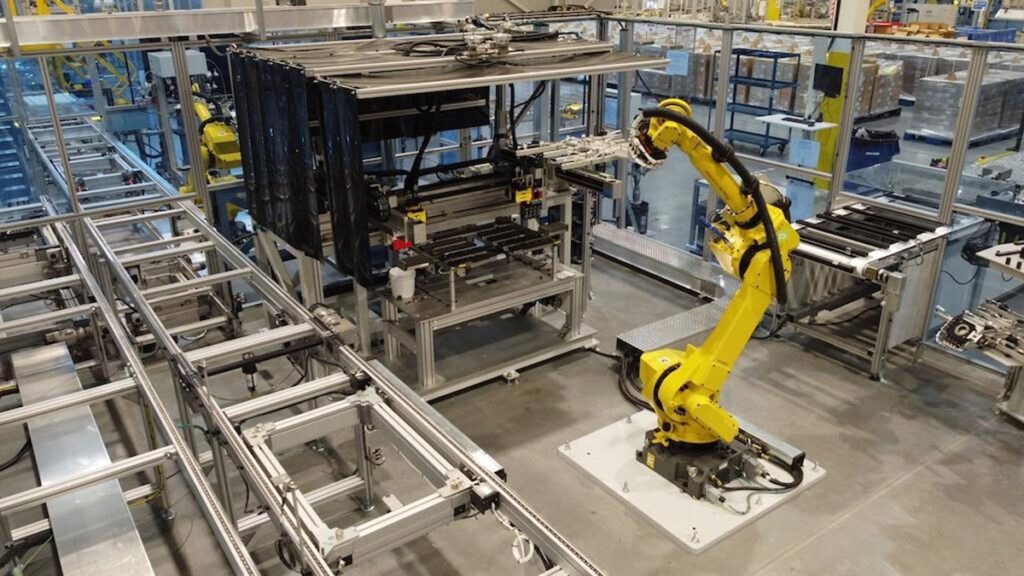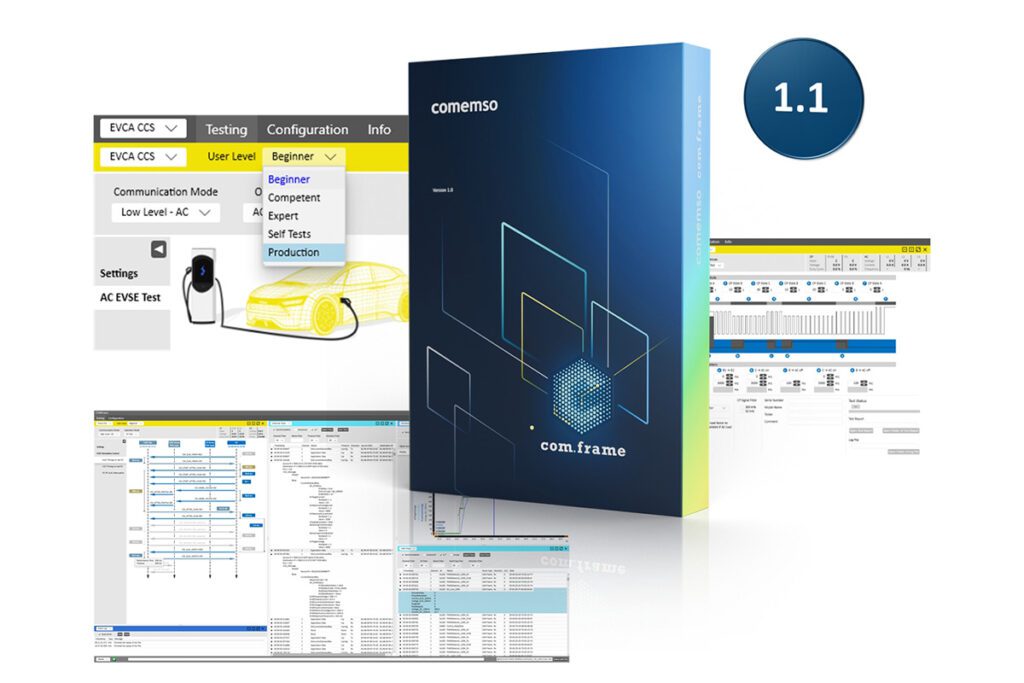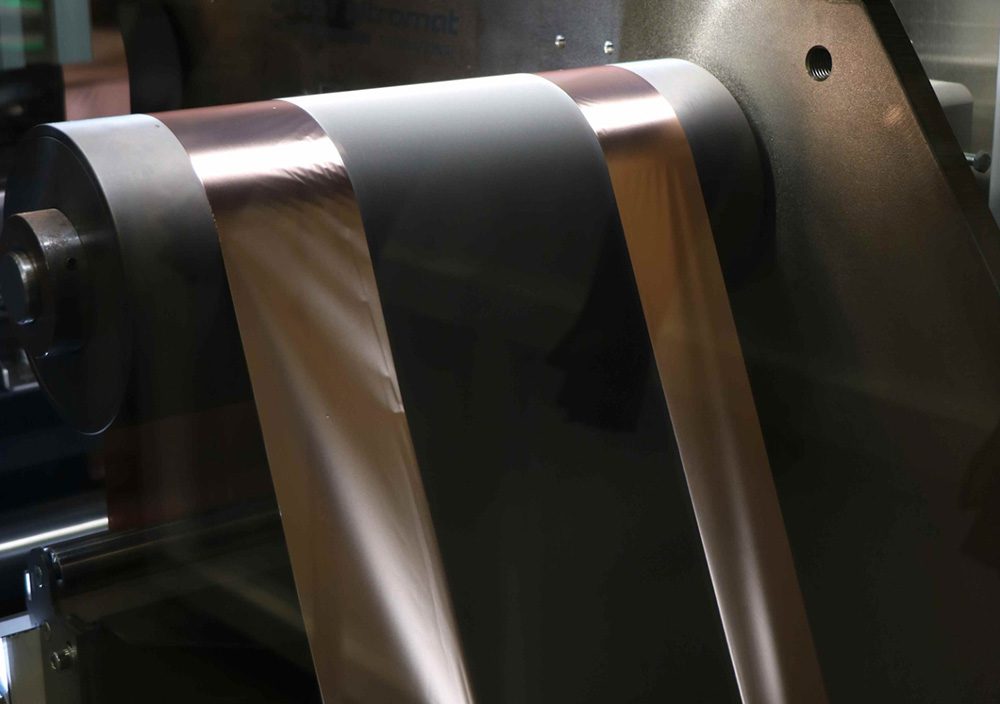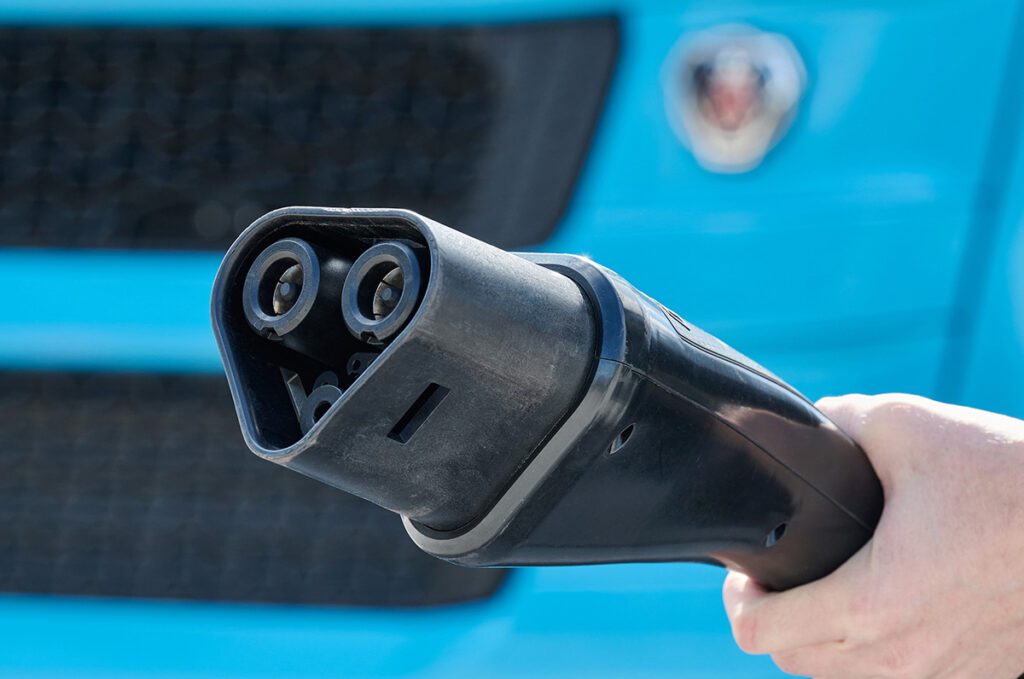Scientists from the Department of Energy’s SLAC National Accelerator Laboratory and Stanford University have used cryogenic electron microscopy, or cryo-EM, to produce high-resolution images of the solid-electrolyte interphase (SEI) layer that forms on lithium metal anodes in an approach that may improve lithium metal battery design.
The scientists developed a way of collecting the SEI layer from a coin-cell battery that preserved its condition in a working battery—wet, swollen and saturated with electrolyte. To see the SEI layer in its natural state, the scientists turned to cryo-EM, freezing electrolyte films with liquid nitrogen and using electron beams to observe them.
The scientists compared electrolytes in an article published in Science, and say: “The swelling behavior is dependent on electrolyte chemistry and is highly correlated to battery performance. Higher degrees of SEI swelling tend to exhibit poor electrochemical cycling.” According to SLAC News, the research may also improve lithium metal battery design by revealing the atomic-level details of working batteries.
“Right now, that connection between SEI swelling behavior and performance applies to lithium metal anodes, but we think it should apply as a general rule to other metallic anodes as well,” says Zewen Zhang, one of the lead researchers.
Source: SLAC News







